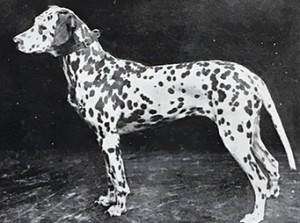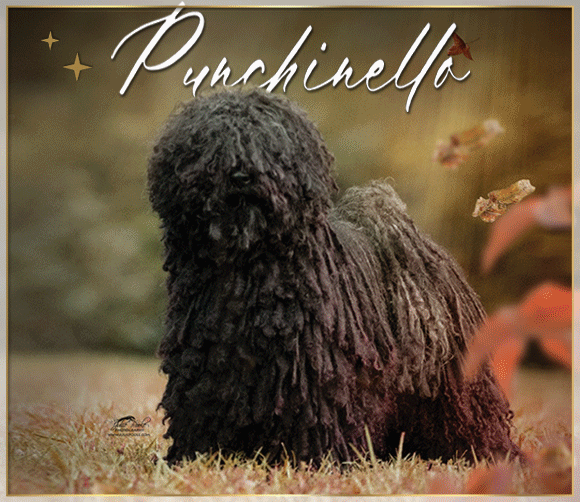The Story of the Dalmatian
386 – March, 2018
By Lee Connor
 The Dalmatian is one of those breeds that is instantly recognizable to almost everyone, due in no small part to a certain Walt Disney.
The Dalmatian is one of those breeds that is instantly recognizable to almost everyone, due in no small part to a certain Walt Disney.
However, the intriguing history behind this popular breed isn’t so well-known. One would naturally assume that this distinctive ‘spotty dog’ hailed from Dalmatia, a region of Croatia that stretches along the Adriatic Sea, but this assump-
tion could well be wrong.
In 1253, in a Dutch account of a visit to Dalmatia, we find a description of the dogs kept there, said to be ‘of a large size and of considerable strength that they fought successfully against bulls and even lions,’ but their main use to the people of the country was ‘to pull along the carts, just like oxen.’
No mention was made of these dog’s color, so I think we may be on safe ground to assume they weren’t anything out of the or- dinary for surely an explorer would have made note of a ‘spotty dog’ in his works.
In tracing the Dalmatian in English history, Dr. Caius, in a letter to Conrad Gesner (1576), writes the following;
‘Recently (so fond are we of novelties), a new variety has been imported from France, all white, with black spots, this is called the Gallican.’
Spotted dogs were certainly known in France from early times, for the picture of the Dauphin (1655-1732), is of his Highness fondling a spotted dog, somewhat of a Dalmatian type. And art offers up numerous images of spotted ‘Dalmatian type’ dogs; Aldrovandus gives in 1637, a spotted dog, supposed to be Italian, with the wording, ‘spotted sporting dog trained to catch game.’ Ash, in his epic, Dogs and their History, is certainly of the opinion that the breed is Italian, he writes;
That the Dalmatian is an Italian breed we find supported in later times. During the stormy period of Cromwell’s power, when anti-Roman Catholicism was rampant, many illustrated leaflets, often extremely vulgar, show Roman Catholicism depicted in the shape of a Dalmatian dog of the very same type as such dogs are today.’
Man, from the earliest times, has always been attracted to spotty dogs. Spotted dogs were known and remarked upon in classical times, and mention of them is made by Greek and Roman authors. The discovery of a model of a dog from the Mycenaea period of Grecian history proves that at that time, 1600BC, a dog with round black spots was highly prized. Spotted dogs would obviously be mated to other spotted dogs and it isn’t hard to see how such markings would soon become fixed.
In 1790, Bewick depicts the Dalmatian. His woodcut is of a strongly made dog. It is heavier in body, has a dewlap and a carriage far more reminiscent of a Great Dane than today’s lithe Dalmatian.
Click here to read the complete article386 – March, 2018

Short URL: http://caninechronicle.com/?p=141018
Comments are closed











